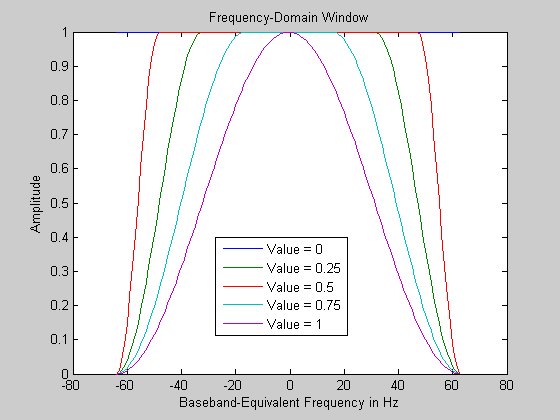Input Port
Connection block from Simulink environment to RF physical blocks
Libraries:
RF Blockset /
Equivalent Baseband /
Input /
Output Ports
Description
The Input Port block is a connecting port from the Simulink®, or mathematical, part of the model to an RF physical part of the model. The Input Port block lets you provide the parameter data needed to calculate the modeling frequencies and the baseband-equivalent impulse response for the physical subsystem. It also lets you specify information about how to interpret the incoming Simulink signal.
For more information about how the Input Port block converts the mathematical Simulink signals to physical modeling environment signals, see Convert to and from Simulink Signals.
Note
Some RF blocks use the sample time to perform baseband modeling calculations. To ensure the accuracy of these calculations, the Input Port block, as well as the mathematical RF blocks, compare the input sample time to the sample time you provide in the Input Port mask. If they do not match, or if the input sample time is missing because the blocks are not connected, an error message appears.
Parameters
More About
Version History
Introduced before R2006a
